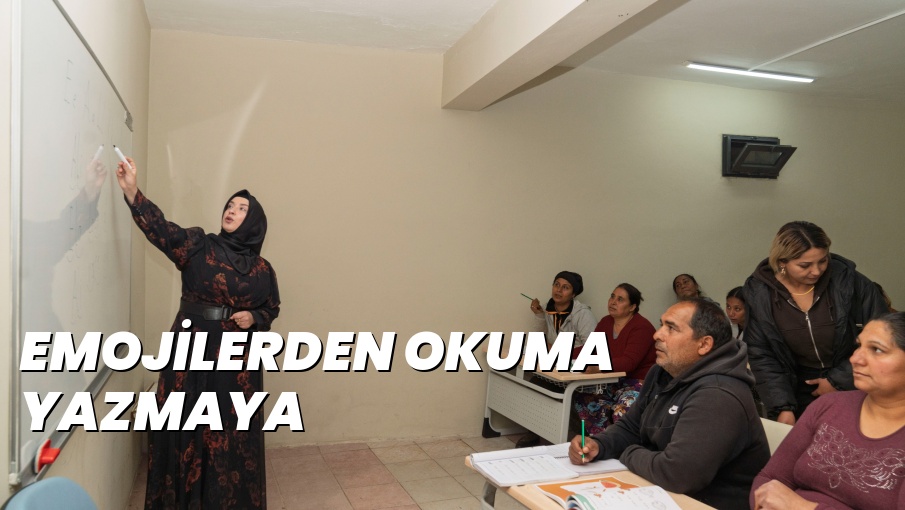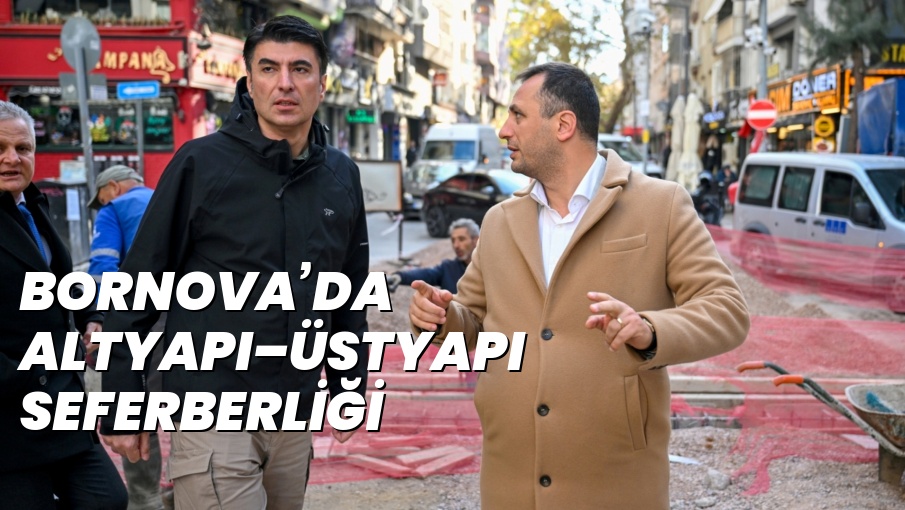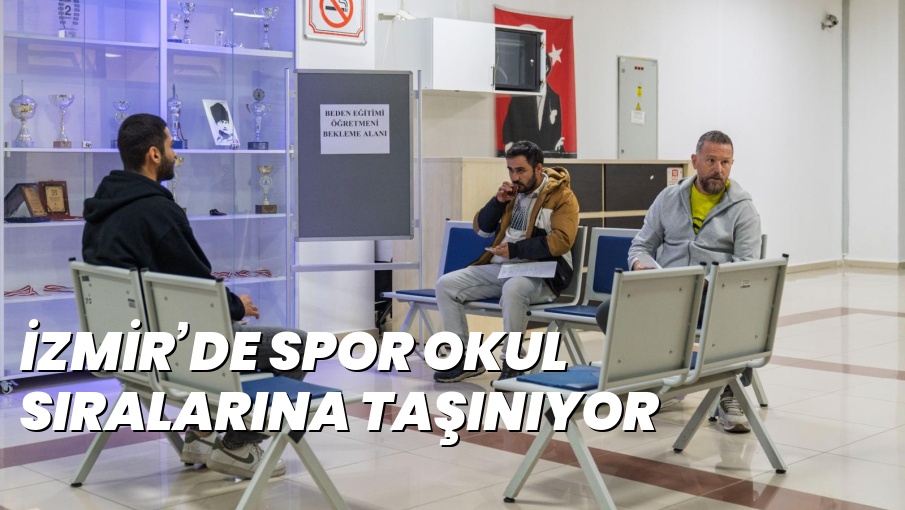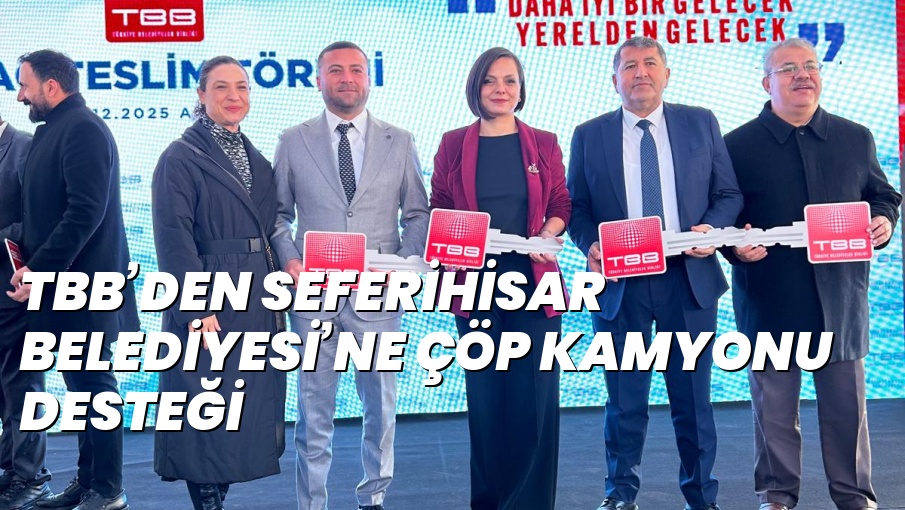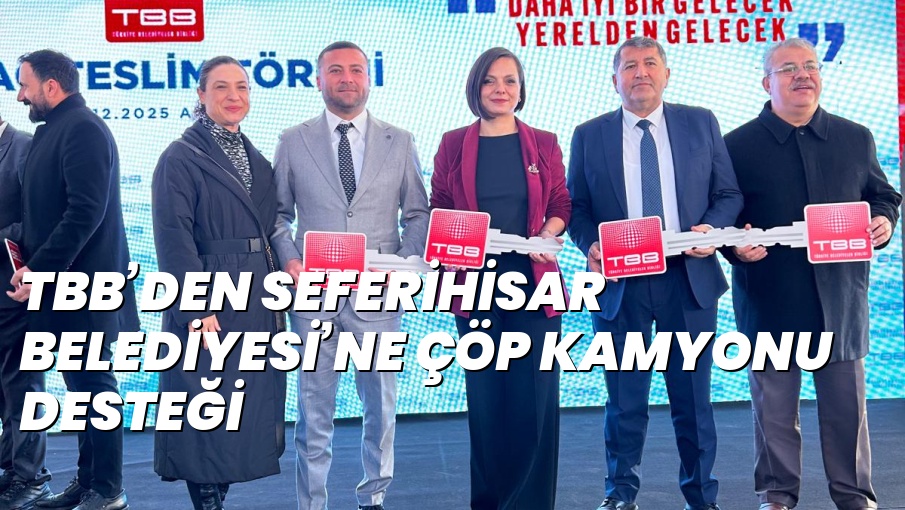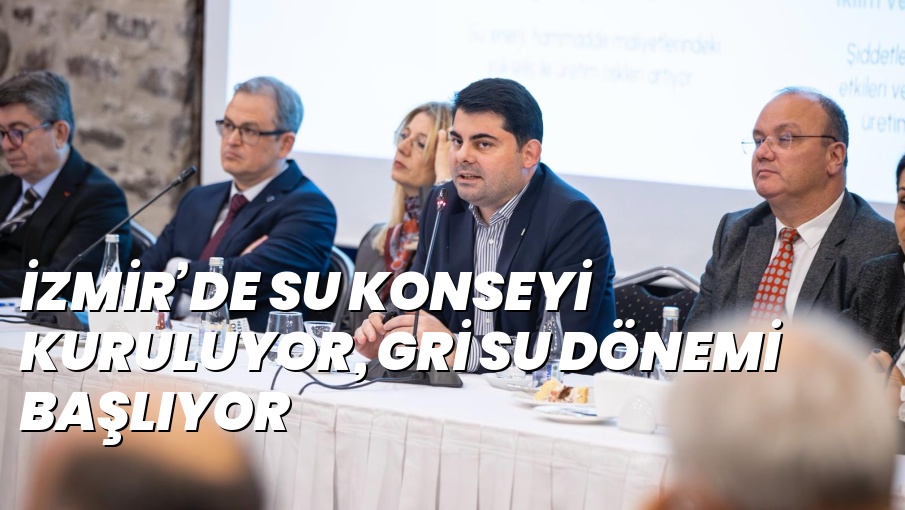İzmir Büyükşehir kriz belediyeciliğine geçti

İzmir Büyükşehir Belediyesi, koronavirüs salgını nedeniyle kriz belediyeciliğini uygulamaya başladı.
Büyükşehir Belediye Başkanı Tunç Soyer, “İzmir Büyükşehir Belediyesi olarak Türkiye’de örneği olmayan bir uygulamaya imza atarak kriz belediyeciliğine dair yeni bir mevzuat ortaya koyduk” dedi.
İzmir Büyükşehir Belediyesi, koronavirüs salgınının ortaya çıkardığı sağlık, ekonomik ve sosyal sorunlara anında çözüm bulmak için yeni bir yapılanma modelini uygulamaya koydu. İzmir Büyükşehir Belediye Başkanı Tunç Soyer’in “kriz belediyeciliği” adını verdiği yeni yönetim modelinin çalışma esaslarını düzenleyen bir yönerge hazırlandı. Başkan Tunç Soyer, Kriz Yönetim Üst Kurulu ile ilk toplantısı internet üzerinden yaptı. Toplantıda, koronavirüsün ortaya çıkardığı olağanüstü koşullar masaya yatırıldı.

Belediyenin hızlı karar alması, devletin ilgili birimleriyle koordinasyon ve işbirliğinin sağlanması ve krizin en az zararla atlatılmasının hedeflendiğini belirten Tunç Soyer, “İzmir Büyükşehir Belediyesi olarak Türkiye’de örneği olmayan bir uygulamaya imza atarak kriz belediyeciliğine dair yeni bir mevzuat ortaya koyduk. Bu kriz ortamında anlık çözüm üretmeye çalışan belediyelere bu yönerge yol gösterecek” dedi.
Yeni görev alanları ortaya çıkıyor
Kriz belediyeciliği yönergesinin tüm belediye birimlerine mevcut işleyişin dışında yeni sorumluluklar yüklediğinin altını çizen Tunç Soyer, “Kriz belediyeciliği dediğimiz bu dönemde herkesin kendi yaptığı işin dışında yeni görevleri olacak. Örneğin, kriz belediyeciliği döneminde lojistik öne çıkıyor. Lojistik konusu normal şartlarda belediyecilikte ön planda değil. Bugün ise en temel çalışma alanlarımızdan biri. Sağlık ve eğitim de aynı şekilde. Kriz belediyeciliği yönergesi aynı zamanda ne zaman sonlanacağı belirsiz olan bu sürece karşı hazırlıklı olmamızı da sağlayacak. Bu süreç sağlıkla ilgili görülse de krizin ekonomik ve sosyal sonuçları da olacak. Belediyelere bu konularda çok iş düş&uum l;yor” şeklinde konuştu.
Başkan Tunç Soyer tüm yönetici ve bürokratlarına yeni dönemde aktif rol almaları konusunda uyardıktan sonra, “Bütün ezberleri bozmamız lazım. Asli belediyecilik görevlerimiz de asla kenara bırakmayacağız. Bu kriz bitince beklettiğimiz projelerimizin aksamadan yürüteceğiz” dedi.
Üç ana kurul var
Belediye ile bağlı kuruluşları ve tüm iştirak şirketleri kapsayan kriz belediyeciliği yönergesine göre, krizin yönetilmesiyle ilgili kararları hızlıca alıp uygulamaya geçebilmek için üç ana kurul oluşturuldu. Kriz Yönetim Üst Kurulu’nda belediye başkanı, genel sekreter, genel sekreter yardımcıları, ESHOT ve İZSU genel müdürleri, ihtiyaç halinde başkan danışmanları, ayrıca meslek odalarının, sivil toplum kuruluşlarının ve sendikaların temsilcileri olacak. Kriz Yönetim İcra Kurulu’nda ise belediye başkanı, genel sekreter ve bir üst düzey yönetici yer alacak. Bu iki ana kurulu Bilim Kurulu destekleyecek. 


